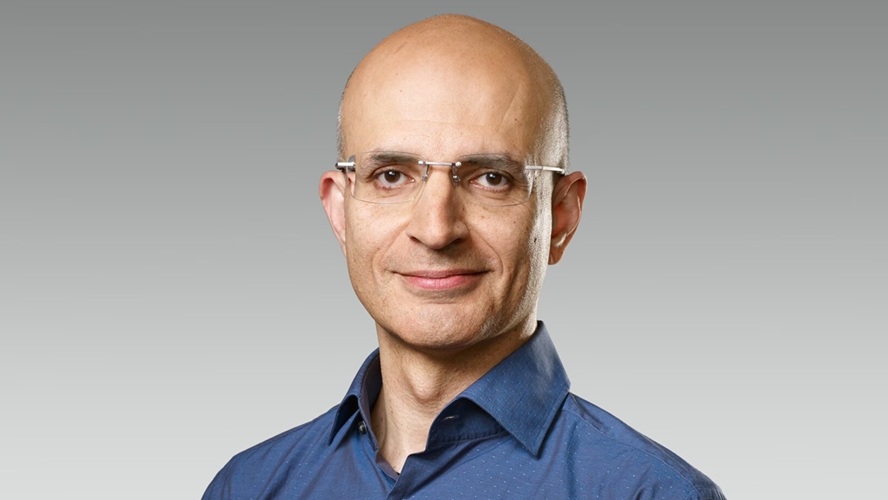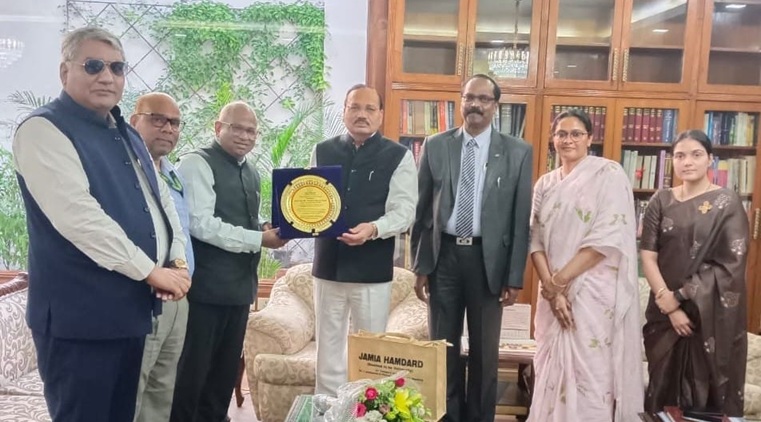Like many proud Indians I get upset when faced with alarming reports that point to the poor employment rate of India’s college and university graduates.
The IT industry body Nasscom’s reports point to the inadequate technical skills and low employability rate of India’s engineering graduates. The effort money that the $167 billion Indian IT industry has to invest in imparting months of intensive training before fresh engineering graduates can become productive on basic software jobs brings out the deficiency of our higher education system in creating job ready engineers.
Management education portal MBAuniverse.com’s report on the industry-readiness of MBA graduates from over 2,000 Indian management schools of some significance, barring the top 200 business schools, points to dismal employment prospects for over 300,000 young men and women who annually join the employment market.
Conversations of academics at the assessment and job placement platform HireMee with recruiting managers too point to the woefully inadequate training of Indian graduates spread across different streams — ranging from engineering and commerce, to management and the social sciences — to even communicate clearly their core technical skills, leave alone career aspirations, or interest areas.
It’s a pity that India’s demographic dividend is being put through an education system that is divorced from its very objective of firing up creativity, building problem-solving skills, preparing them to work in a highly inter-connected, interdependent global work environment.
That we do have a few Islands of excellence — some of the best engineering, management schools in the world — whose alumni have earned a name for themselves, their institutions and India, is equally well known. The success of IITs, IIMs, AIIMS and IISc, can be attributed to the exceptional intake quality as a result of stringent selection criteria and liberal government funding.
What can India do to remedy the situation for a vast majority of institutions that are forced to follow the “garbage-in garbage-out” model? These institutions depend on pedagogy that has completely outlived its utility. Divorced from the world of work these, institutions have “very limited” to practically “no industry interface”.
India’s over-regulated higher education system perpetuates outdated curriculum, stifles innovation. Even serious education institutions are faced with regulations in some states that cap tuition fee that a student pays for professional programmes.
There is limited industry focus and virtually no research and new knowledge creation. This seriously limits the opportunities for lakhs of students to enroll and study in a school or subject of their choice, forcing those with finances to look for opportunities to study abroad.
What can we do to improve the quality of millions of graduates coming out of India’s education system? How can India convert millions of “degree flaunting” millennials into employable young men and women?
To begin with, education policymakers and academics must articulate what employability is and what it is not. Employability means not just the ability to get a job, but equipping young men and women with the skills, the knowledge and tools to succeed in their careers.
The employability at India’s institutions of higher education can improve dramatically once they modernise their outdated curriculum, teachers shift from unloading their knowledge in classroom to a discussion and problem-solving approach. Faculty asking pointed questions and students coming up with solutions.
I had an opportunity to debate this issue with careers and employment manager at the Sydney based University of New South Wales. My conversation with Blair Slater, a former Hollywood movie star in Canada, brought out lessons from QS rank 45 UNSW’s experience of preparing nearly 21,000 international students each year for global job opportunities.
Blair, an occasional speaker at Indian schools, says it must begins with how the faculty coach their students to think, and come up with ideas on how to enable students to take charge of their own future.
It is possible and expected of students not to know what they want to do. A ‘Professional Development Module’ for students is needed to let them experience workplace culture, the recruitment process and preparing them for a global career – through formal interactive sessions, says Blair.
When I entered the job market in 1970s as a fresher, getting a job depended on how networked and influential my parents and uncles were. Luckily for those graduating out of college today, there are networking tools like Linkedin that can help them connect with alumni and employers to get jobs. This, of course, comes with caveats: Provided they have sharpened their communication skills and learnt to write effective resumes that help them stand out. Most importantly, they better know that the communication protocol to connect with employers is entirely different from the one they follow on Facebook with their friends.
To put it simply, India needs to shift the very objective of its education system from ‘granting degrees’ to focusing on dramatically “enhancing employability”.
To me this appears to be the key shift in gears from providing employment to equipping them to the most current skills, teaching them how to market them and then to apply them on the job — especially one that she was not trained for, one that did not exist when she graduated and the one that had continuously evolved with no sign of having stabilised.
(Sanjiv Kataria, who served NIIT as a brand custodian for two decades, is a communications counsel. The views expressed are personal. He can be reached at sanjiv.kataria@gmail.com )
—IANS






0 Comments